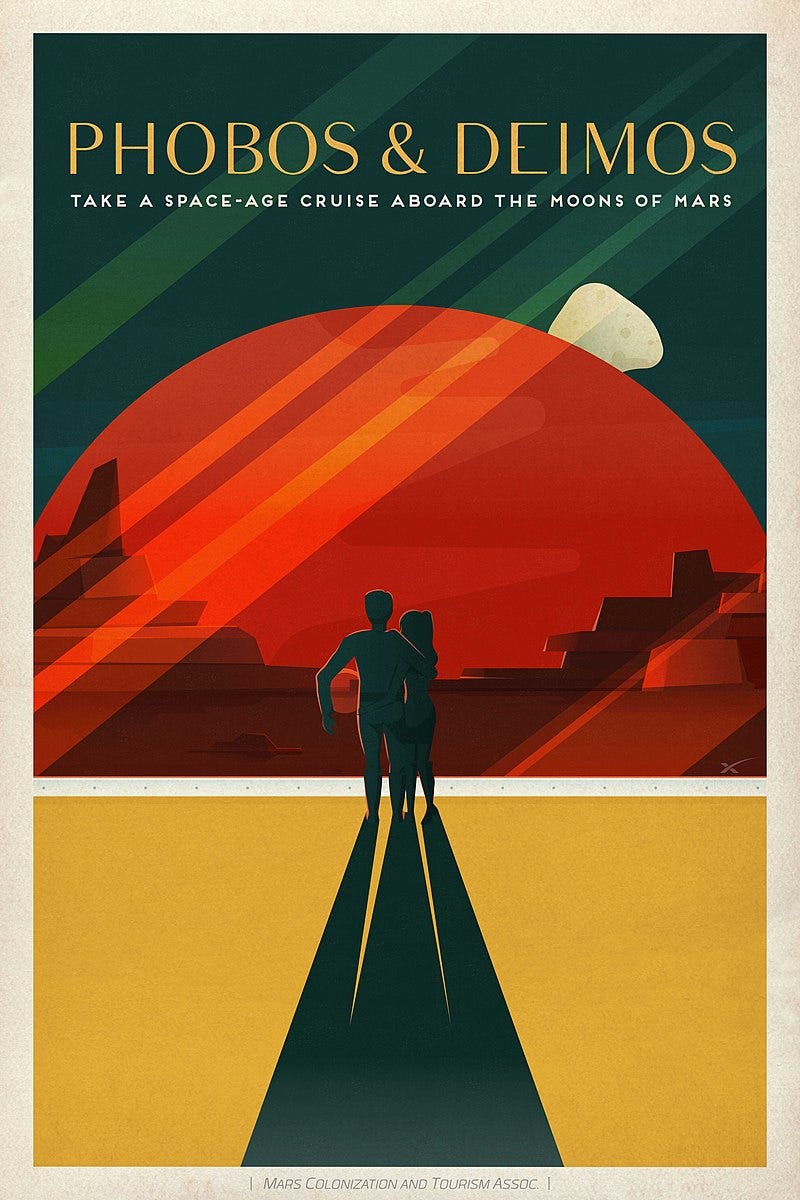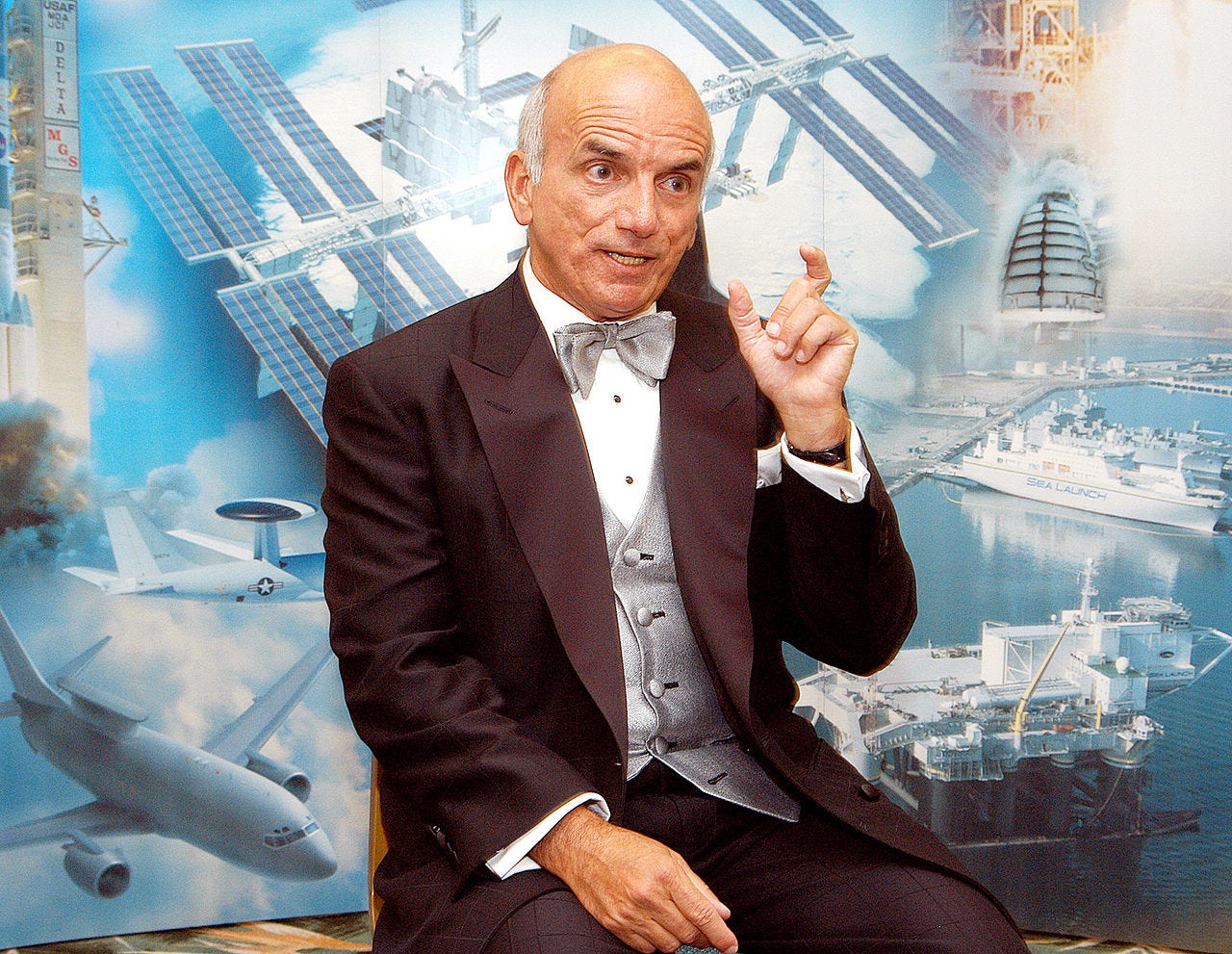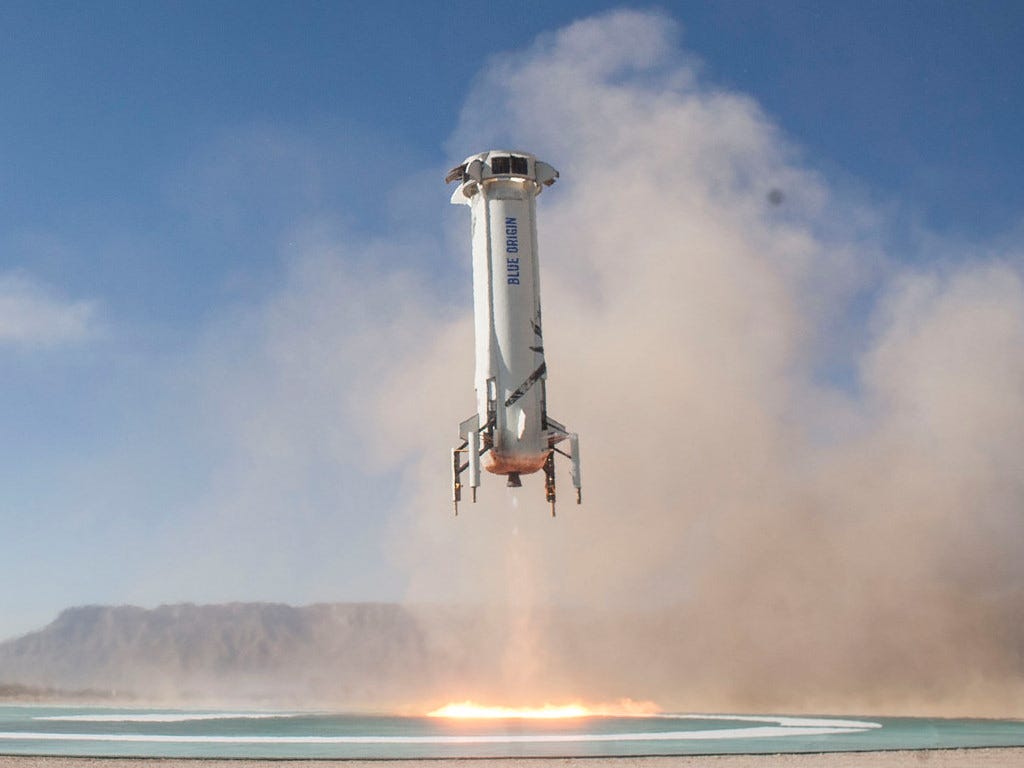Space Tourism
Let's understand various aspects of space tourism
#We are making something exciting for space and astronomy fans, check here.
Let’s first go through some recent news headlines related to space tourism:
Space Tourism Market to Exhibit Growth at 38.6% CAGR as Development in Technology for Commercial Suborbital Trips Rises
Virgin Galactic flight window opens next week to enable commercial space tourism to begin
SpaceX to take tourist Dennis Tito on Starship around the Moon. Tito’s wife plans to join him on the weeklong trip, but the launch date has yet to be determined.
ISRO eyeing 'space tourism' with Gaganyaan mission just like SpaceX
Billionaire Jeff Bezos’ Blue Origin hopes to resume space flights ‘soon’
Jeff Bezos's Blue Origin sets sight on India's space tourism potential. Industry sources say reusable launch vehicles are key to India's space tourism plan as they will make the entire business economical
Fancy a trip to space? Virgin Atlantic announces commercial flights starting in June
What is space tourism?

Space tourism refers to the concept of traveling to space for recreational, leisure, or personal purposes. It involves individuals paying for the opportunity to experience space travel, typically by booking a seat on a spacecraft or space vehicle.
Space tourism can take different forms, including suborbital flights, orbital flights, and even extended stays on space stations. Suborbital flights allow passengers to experience a few minutes of weightlessness and have a glimpse of space before returning to Earth. Orbital flights involve circling the Earth multiple times, offering a more extensive space travel experience. Extended stays on space stations, such as the International Space Station (ISS), allow tourists to live and work in space for a period of time.
The development of space tourism has been driven by private companies and initiatives, aiming to make space travel more accessible to a broader range of people. Companies like Virgin Galactic, Blue Origin, and SpaceX have been at the forefront of developing vehicles and technologies to enable space tourism.
Space tourism represents a significant milestone in the commercialization of space exploration and has the potential to open up space travel as a new industry and form of tourism. It allows individuals to witness the beauty of Earth from space, experience weightlessness, and gain a unique perspective on our planet and the universe. However, space tourism is still in its early stages, and the costs and accessibility are currently limited to a relatively small number of wealthy individuals.
Who envisaged this concept of space tourism?
The concept of space tourism began to emerge in the late 20th century. In 1967, space enthusiast and writer Arthur C. Clarke proposed the idea of space tourism in an article titled "Man on the Moon." He envisioned a future where commercial space travel would become a reality, allowing individuals to visit space and experience the unique perspective of Earth from orbit.
The concept gained more attention and momentum in the 1990s when several private space companies, such as Space Adventures and MirCorp, started exploring the possibilities of organizing space tourism missions. However, it wasn't until the early 2000s that space tourism became a reality with the launch of the first space tourist, Dennis Tito, to the International Space Station (ISS) in 2001.
Since then, the concept of space tourism has continued to evolve, with multiple companies and organizations working on developing commercial spaceflight capabilities and offering space tourism experiences to private individuals.
Why there is a need for space tourism?
Space tourism serves several purposes and addresses various needs:
Advancing Space Exploration: Space tourism can contribute to the funding and development of space exploration programs. The revenue generated from space tourism can be invested in scientific research, technological advancements, and infrastructure for future space missions. It helps in pushing the boundaries of human space exploration and expanding our knowledge of the universe.
Economic Opportunities: Space tourism creates a new industry that generates economic opportunities. It fosters job creation, stimulates technological innovation, and attracts investments. Space tourism companies require skilled professionals in various fields, such as aerospace engineering, hospitality, and tourism management. It can also lead to the development of supporting industries and services related to space travel.
Inspiration and Education: Space tourism has the power to inspire and educate people about space, science, and technology. By allowing individuals to experience space firsthand, it ignites curiosity and fosters interest in space exploration among the general public. It can motivate students to pursue careers in STEM (science, technology, engineering, and mathematics) fields, driving innovation and progress in related industries.
Broadening Access to Space: Historically, space travel has been limited to government-funded astronauts and scientists. Space tourism aims to democratize access to space, allowing individuals from diverse backgrounds to experience space travel. It promotes inclusivity and diversity in space exploration and breaks down barriers that previously prevented ordinary people from venturing beyond Earth's atmosphere.
Environmental Research and Sustainability: Space tourism can contribute to environmental research and sustainability efforts. By observing Earth from space, tourists and researchers can gather valuable data on climate change, natural disasters, and environmental conservation. This information can aid in developing solutions to global challenges and raising awareness about the importance of protecting our planet.
Overall, space tourism not only offers a unique and awe-inspiring experience for individuals but also has the potential to drive scientific, economic, educational, and environmental benefits. It opens up new frontiers and paves the way for future space exploration and discovery.
Who are the prominent space tourist?
The following list notes each trip taken by an individual for whom a fee was paid (by themselves or another party) to go above the Kármán Line, the internationally recognized boundary of space.
Several prominent individuals have engaged in space tourism and traveled to space. Some notable space tourists include:
The firsts….
Dennis Tito: Dennis Tito, an American businessman, became the first-ever space tourist in 2001. He flew to the International Space Station (ISS) aboard a Russian Soyuz spacecraft as a private paying passenger.
Mark Shuttleworth: Mark Shuttleworth, a South African entrepreneur, became the second space tourist in 2002. He also flew to the ISS aboard a Russian Soyuz spacecraft, spending about eight days in space.
Greg Olsen: Greg Olsen, an American entrepreneur and scientist, became the third private space traveler in 2005. He flew to the ISS as part of a commercial agreement with the Russian space agency, Roscosmos.
Anousheh Ansari: Anousheh Ansari, an Iranian-American entrepreneur, became the first female private space traveler in 2006. She participated in a 10-day space mission to the ISS.
Charles Simonyi: Charles Simonyi, a Hungarian-American software executive, embarked on two space missions to the ISS. He flew in 2007 and 2009, spending a total of 26 days in space.
The latest….
RSS First Step (Reusable Space Ship First Step) is a New Shepard space capsule, built and operated by American spaceflight company Blue Origin. First Step flew Blue Origin's first crewed flight on 20 July 2021, carrying founder Jeff Bezos and three passengers to space (Mark Bezos, Wally Funk, Oliver Daemen). Sixth crewed flight of New Shepard happened on 4th August, 2022. Crew included first Portuguese person (Mário Ferreira) and first Egyptian person (Sara Sabry) in space.
The space tourists have made significant contributions to the field of space tourism, paving the way for others to follow and helping to advance the commercial space industry.
How has this concept received by people?
Space tourism has garnered significant interest and curiosity from people around the world. While it is still in its early stages and relati
vely limited to a small number of wealthy individuals, the concept of space tourism has captured the imagination of many.
There are individuals who see space tourism as an exciting and pioneering venture that opens up new possibilities for human exploration and expands our understanding of the universe. They view it as a way to push the boundaries of what is possible and inspire future generations to pursue careers in science, technology, engineering, and mathematics (STEM).
On the other hand, there are critics who question the ethical and environmental implications of space tourism. They argue that resources and funding should be prioritized for pressing issues on Earth, such as poverty, climate change, and healthcare. They also raise concerns about the potential negative impact of space tourism on the space environment and the need to regulate the industry to ensure safety and sustainability.
Overall, public opinion on space tourism is diverse, with varying levels of excitement, skepticism, and curiosity. As the industry continues to develop and become more accessible, it will be interesting to see how public perception evolves and whether space tourism becomes a mainstream travel option in the future.
What do you think the future and impact of space tourism? Do let us know in the comments below.







I can see the potential for Lunar Cruises at some point in the next 30 years. Landing on the Moon is far more difficult and risky, but just cruising around it could be relatively affordable and safe for the masses in a generation or two.